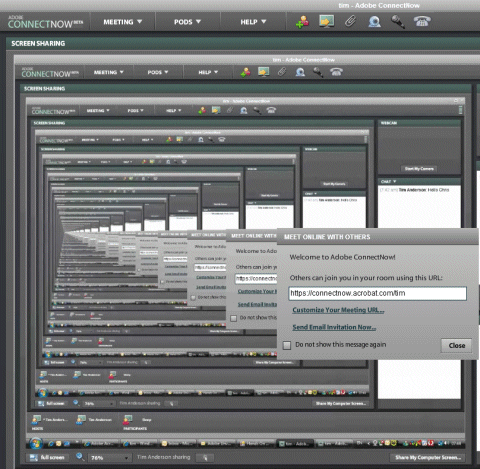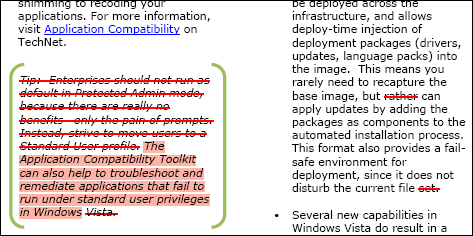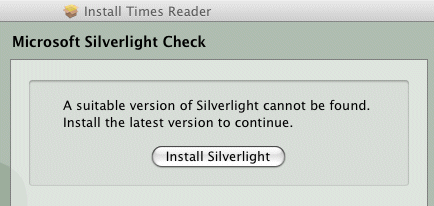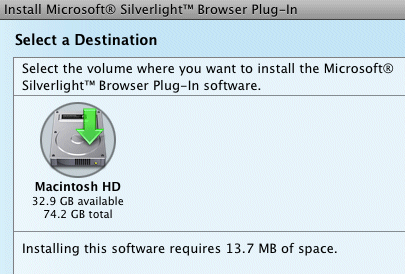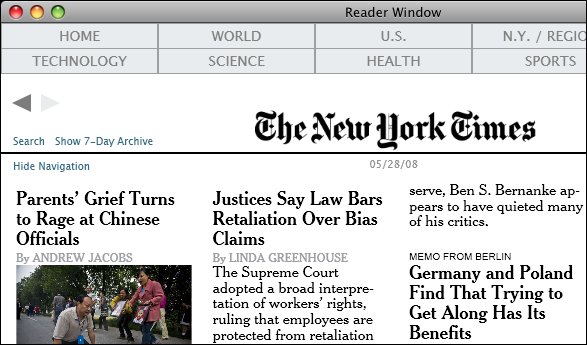There’s recently been a bit of hype (RoughlyDrafted.com) for Charles Jolley’s Sproutcore, yet another JavaScript framework, mainly because Apple is using it as its “Cocoa for the Web”, according to AppleInsider.
I tried the sample controls demo in IE7 but it didn’t work quite right. For example, the Picker pane opened but would not close. Tried again in Firefox 3.0 and everything was fine.
I’ve got no idea what the problem is with IE7; it is probably because of weak standards support in IE. However, it illustrates the advantages of a plug-in like Flash, Silverlight or Java. With these platforms, the application is largely insulated from differences between browsers.
The snag with the proprietary plug-in approach is that the vendor may not support every platform equally. Microsoft is entrusting the bulk of Silverlight Linux support to a third party. There are also issues of control. Apple most likely does not want any runtimes on iPhone because they open up a route to application deployment that bypasses its App Store and 30% revenue share. Google seems wary of Flash; RoughlyDrafted says that is because of the risk of content being turned into “opaque binaries” that are beyond the reach of its contextual advertising analysis, but it may just be reluctance to cede such an important part of its platform to a third party.
Still, as a developer in search of a predictable app platform I’d rather target a plug-in than trust the browser vendors to be sufficiently consistent, and the Javascript libraries sufficiently smart, to enable my code to run reliably everywhere. It is easier to get away with a requirement for, say, Flash 9, than to insist that users choose a particular browser or operating system.
There are other factors of course. On the Javascript + HTML side, there are advantages in that it extends rather than replaces the HTML model. Things like clipboard support just work. Plus, it runs on iPhone.
On the plug-in side, you get the fast execution of a JIT compiler, and easy use of graphical and multimedia effects that take effort to do in JavaScript, or can’t be done at all.
I would be interested in comments from developers about what RIA platform you are choosing, and why.

